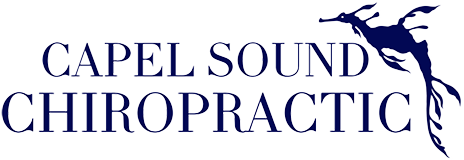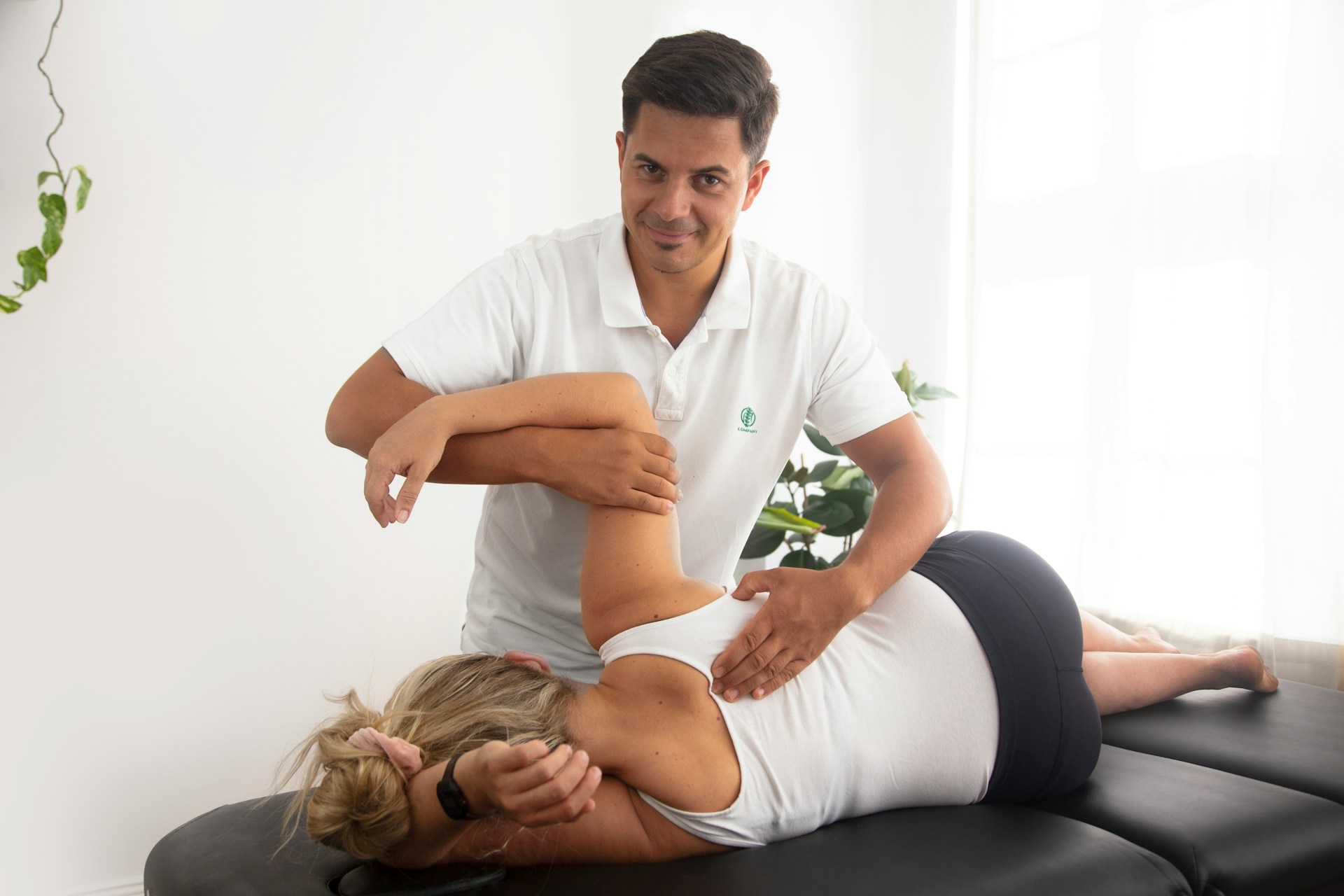Lower back pain can turn simple activities into daily challenges. From getting out of bed to bending over, everything feels harder when that nagging ache won’t let up. While movement and regular exercise often help ease discomfort, not every workout works for every back. Some common gym or home exercises may do more harm than good if done the wrong way or without the right guidance.
Whether you’ve been managing lower back pain for years or it’s something new, knowing what motions to avoid can spare you added strain. Many exercises that are meant to build strength or flexibility, when done incorrectly or without supervision, can end up putting extra pressure on the lower back. This usually happens when we’re not aware of how our spine should move or when muscles in other areas are too tight or weak to support our frame.
Common Exercises That Can Aggravate Lower Back Pain
It’s easy to assume that more movement equals better results, especially when trying to stay active and mobile. But not all exercises are friendly to those struggling with back discomfort. Certain repetitive or high-load movements can make things worse, particularly for people dealing with existing inflammation, disc issues or spinal misalignment.
Here are a few examples of exercises that often trigger or increase lower back pain:
1. Traditional sit-ups or crunches
These tend to put stress on the lumbar spine, especially when done quickly or without core control. Lifting the upper body up repeatedly while lying flat can cause strain through the lower back, especially if the hip flexors are doing all the work.
2. Deadlifts with poor form
When done properly, a deadlift is a great full-body movement. But the moment form breaks down, the lower back takes on too much of the load. Rounding the spine or jerking the weight up can lead to injury quickly.
3. Standing toe touches
Bending forward from the waist with locked knees tugs sharply on the lower spine. People often use momentum or force in this move, which adds strain, particularly if the back isn’t warmed up.
4. Back extensions on a hyperextension bench
Many people think this helps strengthen the back. But going too far up or down during the movement can overload the spine, especially if weaker core muscles affect control.
5. High-impact exercises like box jumps or running on hard ground
These types of activity send shock through the joints and spine. Without good footwear, surface support or posture, the lower back may bear more impact than it can handle.
The biggest issue with these exercises isn’t always the move itself. It comes down to how and when they’re done. When muscles aren’t working together properly or you’re dealing with an existing back issue, your body starts to move in ways that throw off alignment. That leads to poor movement habits, tight spots in the wrong places and often a more irritated lower back.
It’s common to see people “push through” discomfort because they assume soreness means progress. But lower back pain isn’t just standard muscle soreness. It’s usually a warning sign that something isn’t right, whether that’s a problem with form, strength imbalances or the spine itself.
Taking steps to figure out which exercises could be holding you back helps you change your routine and avoid ongoing discomfort. The next move is to make those changes safely, with support that fits your body, pain level and goals.
The Importance Of Professional Guidance
It’s easy to forget how much technique matters when exercising, especially with movements that seem simple. Even a basic bodyweight squat can turn into a problem if balance, core control or joint positioning is off. That’s where professional input makes a big difference.
Seeing a chiropractor or another trained expert helps you understand how your spine and nearby muscles perform every day. Each person has a different way of moving, and lower back pain rarely has one clear cause. It could be your posture, an old injury, weak muscles or poor form during workouts. Before diving into new activity plans, it helps to know what’s really going on with your body.
Chiropractors examine how your spine aligns with the rest of your structure and how movements affect that posture. They’re trained to catch the small imbalances that most people miss. These subtle issues can cause real problems when it comes to movement and pain. Chiropractors are skilled in adjusting these patterns so you can move more freely while building strength at a safe pace.
Let’s say you’ve been trying planks to work on your core but still feel pain. A chiropractor might notice your hips are tilted forward during the exercise. That means your spine is under pressure, even if you didn’t realise it. A quick adjustment to your position and learning to use the correct muscles could take that pain away without giving up the movement. That kind of specific advice can transform how well an exercise works for your body.
Safe Alternatives And Gentle Modifications
If your back has been bothering you, staying active doesn’t have to stop. It’s more about picking the right moves and adjusting them based on how your body feels. You can still build strength and flexibility without making things worse.
Here are some gentler options and ways to tweak common exercises:
– Use wall sits instead of traditional squats
Wall sits take pressure off the lower spine but still challenge the legs and glutes. Stand with your back flat to a wall, then slide down to a “seated” position. Keep your knees over your ankles and move slowly.
– Replace crunches with dead bugs or bird-dog holds
These core movements focus on deep abdominal control and encourage stable positioning through the spine. Slow and steady is key for results.
– Swap standing toe touches with knee-to-chest stretches
Lying on your back and gently pulling one knee at a time toward your chest relieves tightness without risky bending.
– Turn deadlifts into glute bridges
Glute bridges target your backside and support your midsection without loading the spine. Begin with body weight and progress when it feels right.
– Choose light walking or stationary cycling for cardio
Both give your body a workout without pounding your joints or overstressing your lower back. Keep your pace gentle and controlled.
Before jumping into these swaps, it’s a good idea to get personalised feedback. A chiropractor can check what your body needs right now and guide you on how to move with better support. That way, you’re not just guessing and hoping something works.
How Capel Sound Chiropractic Can Help
Getting back to doing simple things without back pain takes time, but the right support can speed things up. When you avoid moves that don’t serve your body and learn new habits with expert help, you start seeing long-term changes—less pain, more movement and better confidence in daily life.
It’s often hard to tell which exercises are helping and which might be making pain worse. Even things that seem harmless can be a problem if your body isn’t ready for them yet. A chiropractor trained in spinal alignment, movement quality and hands-on care can ease that guesswork and create a plan made for you.
If you’re around Melbourne and dealing with lower back pain, it’s worth getting that one-on-one support. Care that adapts with you, not just a set of standard exercises, makes a noticeable difference when you want better results that last. Capel Sound Chiropractic understands how lower back pain changes the way you move, and we’re here to help you move better again.
If managing lower back discomfort on your own hasn’t worked, getting the right support could lead to lasting relief. Seeing a chiropractor for lower back pain might be a helpful step in reducing pain and restoring movement. Capel Sound Chiropractic offers care that’s tailored to your needs, helping you move forward with confidence and comfort.





